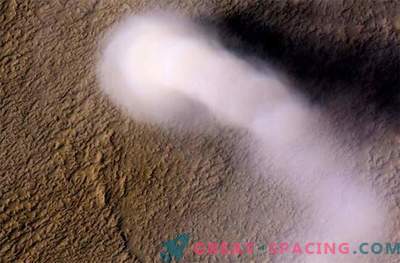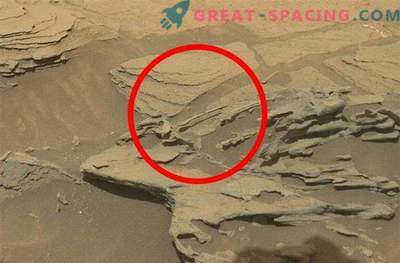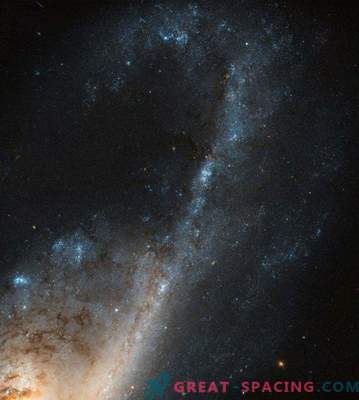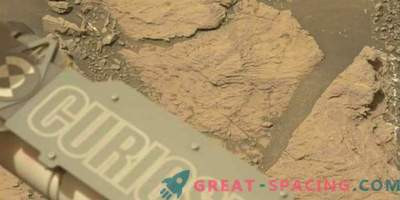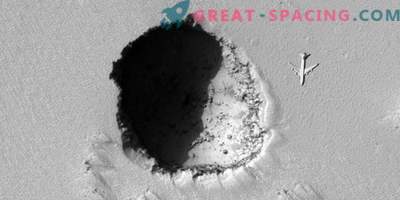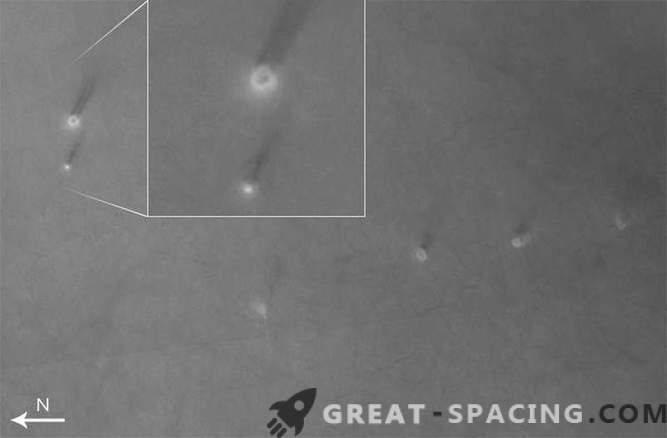
Currently, most of us know that Mars is a rather windy planet where active aeolian processes constantly form the landscape. Active dune fields indicate a large-scale transfer of fine sand, while Martian dust devils (miniature tornadoes) show us short-lived atmospheric processes that leave dark marks on the surface.
Fortunately for humanity, we have a whole armada of satellites in orbit of the Red Planet, and these atmospheric phenomena can be recorded and tracked. Take, for example, this amazing high-resolution observation from the Imaging Science Experiment (HiRISE) camera mounted onboard the NASA Mars Reconnaissance Orbiter (MRO). From this point of view, on the plain of Ganges Chasma, located inside the famous Mariner region, HiRISE was able to capture not one dust devil, but a whole swarm.
The observation was made in July 2015 (and released last month), and it is hoped that some of the mysteries of the formation of dust devils and their evolution can be revealed.

These 8 dust tornadoes were spotted by a HiRISE camera. 5 of them were photographed using color filters.
According to planetary scientist Pavel Geisler, two dust whirlwinds of different sizes, which are located in close proximity to each other, are of particular interest. “These are two completely different tornadoes,” he writes. "One is about 100 meters in diameter and has a bagel shape with a hole in the middle. The other is more compact and looks like a trickle, but also has a small hole in the center where the air pressure is lowest. It looks like the smaller dust devil is younger ". In addition, the image can be seen a number of dust devils, located at a distance of 900 meters from each other.
Dust devils on Mars are formed the same way as on Earth. The heated surface creates a thin layer of warm air. If the conditions are suitable, the air begins to rise and rotate, creating a lower pressure region. In the end, the funnel can rise high into the atmosphere.
As Geisler noted, dust tornadoes, as a rule, move towards the mountains or, if there is wind, downwind. But when dust tornadoes occur in pairs, it is believed that they rotate in opposite directions. HiRISE camera is capable of taking photographs in the infrared, red and blue spectra. Scientists can use this tool to determine the direction of rotation of a whirlwind.
The fact that we see active atmospheric processes on Mars is a miracle! On Earth, we do not pay much attention to dust devils, but on Mars they play a key role in the distribution of dust in the atmosphere. And HiRISE plays a key role in our understanding of these tornadoes on Mars.
